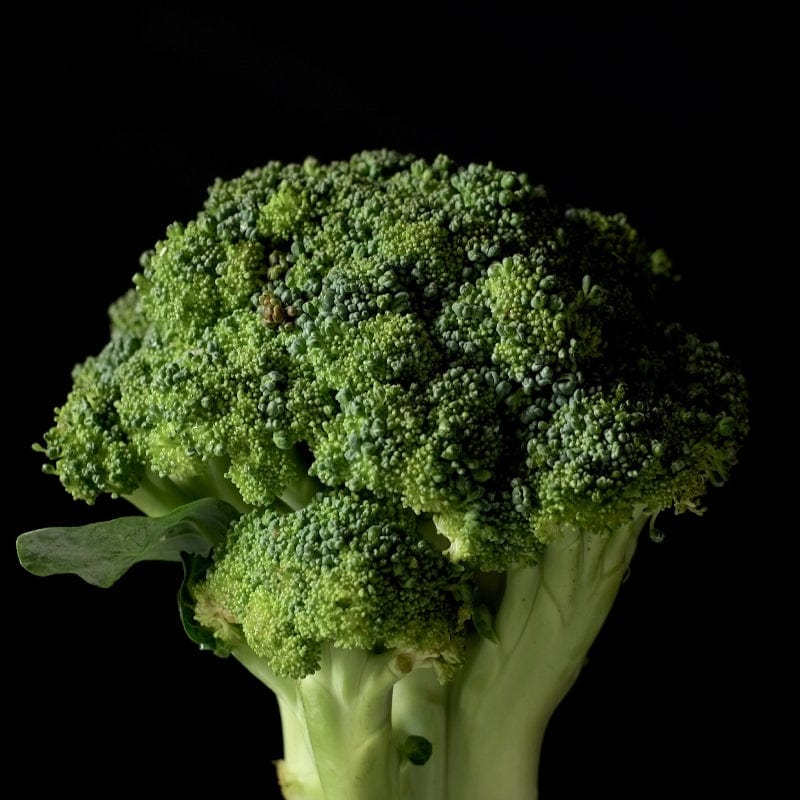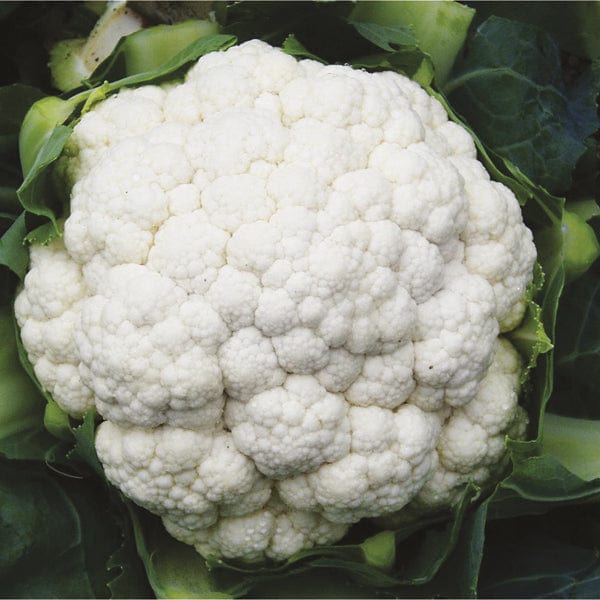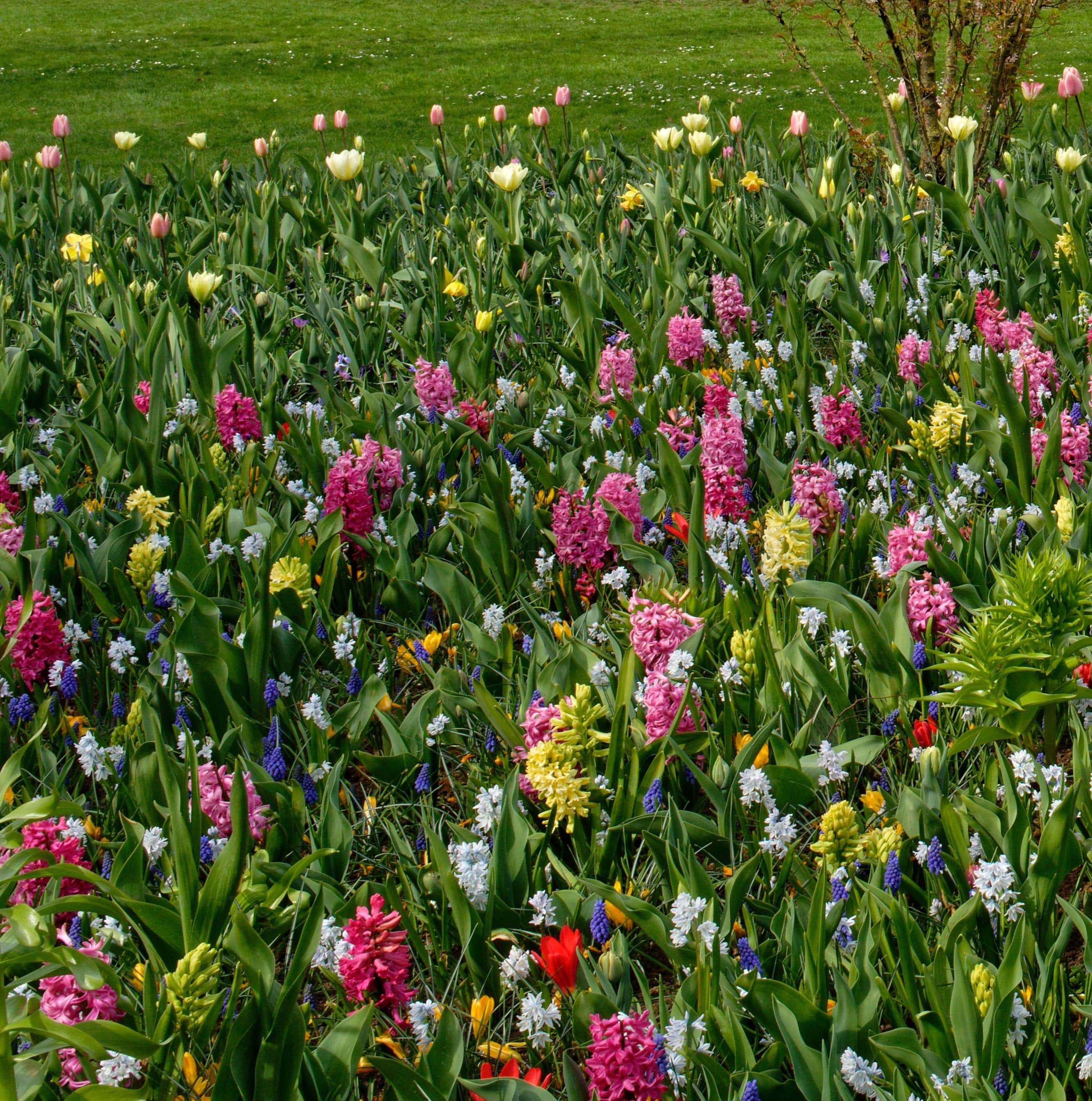Growing summer-flowering bulbs, also known as spring planting flower bulbs, is a great way to get your garden looking vibrant and picturesque as the weather gets warmer. What's more is that these bulbs and tubers are very simple to grow, making them well worth growing for both beginner and experienced gardeners alike.
Below, we cover all there is to know about summer bulbs, including what they are, general tips for planting, and advice for growing and caring for many popular bulbs specifically.
What Are Summer Flowering Bulbs?
Summer-flowering bulbs, also known as spring planting flower bulbs, are bulbous plants that are planted in spring, which then go on to bloom in summer.
These make for a beautiful addition to many spaces in adding wonderful colours and scents to garden beds, containers, and borders alike. They are fantastic for extending your garden’s blooming period into late summer, make for great cut flowers, and are suitable for smaller gardens too.
Lily bulbs, begonia tubers, and dahlia tubers are just a few of the many popular varieties of summer bulbs that are favourites for gardeners.
General Tips for Growing Summer Bulbs
Storing Bulbs
Summer flowering bulbs and tubers that are not planted at once should be stored in a cool, dry, but reliably frost-free place until planting time. Any showing signs of growth are best placed upright in a tray of dry peat or vermiculite so that the developing shoots will grow upright.
When to Plant Summer Bulbs
Planting your summer flowering bulbs can be done between late February and May, when the soil is beginning to warm up. The earlier you plant your bulbs, the sooner they will flower. However, you should wait until temperatures are warm and when all risk of frost has passed, as bulbs planted in colder soil won’t grow and could rot.
Ground Preparation
Your bulbs should be planted in a warm, sunny spot in well-drained soil. Before planting any bulbs or tubers in the garden, dig over the ground thoroughly, removing any perennial weeds. At the same time, enrich it by incorporating plenty of well-rotted manure, garden compost, or leafmould and a dressing of garden fertiliser.
Most bulbs are intolerant of poor drainage, so if your soil is heavy, also dig in plenty of sharp sand or horticultural grit. Always try to plant in mild weather and avoid periods when the ground is still very cold or wet.
How to Plant Summer Bulbs
To plant your bulbs, you should dig a hole for each, generally two to three times the height of the bulb. Plant them with the shoot placed upwards, though you can plant them sideways and they will find their own way if you aren’t certain. Space any other bulbs around a bulb’s width apart and fill the hole back in, taking care not to firm the soil in too much. Once planted, then water your bulbs in well.
Caring for Your bulbs
Summer-flowering bulbs or tubers permanently planted out in the garden also enjoy an annual dressing of slow-release fertiliser in spring. Most bulbs benefit from deadheading after flowering, unless you wish to save seed or retain ornamental seed heads. To prevent cultivation damage to dormant bulbs, it is best to mark their positions with sticks when the foliage dies down. Protect all bulbs and tubers from slug damage by using slug control products, taking particular care of the vulnerable young growth.
Growing Summer Bulbs and Tubers in Pots
Unless stated otherwise, you should pot bulbs at about twice their own depth in a loam-based compost with 20-25% extra sharp sand. Under glass, keep them in good light but with shade from the hottest sun. When in growth, keep them well watered and ventilate as much as possible at all times.
When they are actively growing, feed potted bulbs about every 2-3 weeks with a high potash fertiliser, such as is sold for tomatoes. Alternatively, add some slow-release fertiliser to the compost at potting or repotting time. Repot annually at the end of the dormant period and either replace the compost completely or scrape away the surface down to the level of the bulbs and refill with new potting soil.
Popular Summer Bulbs and How to Grow Them
To get you started on growing your summer bulbs, we have compiled a list of some of the most popular varieties to grow by gardeners and our best advice on how to grow them successfully:
Begonias
Start begonia tubers off indoors, in pots from March, then plant out from late May onwards. Space them 20-30cm (8-12in) apart. Plant them where the light is good, but there is light shade or, at least, shade during the hottest part of the day.
Keep well watered in dry weather and feed regularly with a balanced liquid fertiliser. They can be overwintered; lift before the first frosts in autumn.
Bessera Elegans
These small corms require full sun for best results. Bessera elegans bulbs are not frost hardy, so as soon as the soil has warmed up a bit in mid-April to early May, plant them in well-drained soil or a gritty compost in pots. Plant in groups 4-5cm (1.5-2in) apart and 5cm (2in) deep.
Water freely during the growing season and remove any damaged foliage as required. Lift them when their foliage dies back and store the corms in a frost-free place. In milder areas, they can be left in the ground with a thick, dry winter mulch.
Dahlias
Start off dahlia tubersindoors in pots from March, then plant out from late May onwards. Set out tubers, spacing them 60cm (2ft) apart and with the crown about 5-7cm (2-3in) below soil level.
Water them well in dry weather and mulch with well-rotted compost or manure to keep down weeds. Feed regularly, using a high-nitrogen liquid fertiliser while plants are developing and changing to a tomato-type fertiliser during the main flowering period. Tie plants to their stakes as they develop and deadhead them regularly to prolong flowering.
Freesias
Plant freesia bulbs inside in pots between January and April in a cold frame or unheated greenhouse and outside from April onwards. Space the corms 5-8cm (2-3in) apart and 5cm (2in) deep in a well-drained, sunny and sheltered position.
As they grow, provide some support such as twiggy sticks or wire. As they are not fully hardy, freesias will need lifting either when the leaves turn yellow or after the first frosts and storing in a dry, frost-free place.
Gladiolus
Gladiolus require an open sunny position in well-drained soil. Plant your gladiolus bulbs in groups 10-15cm (4-6in) apart and 10-15cm (4-6in) deep. The lighter the soil, the deeper they should be planted, ensuring the base of the corm sits firmly in the bottom of the hole.
Lilies
Lilies prefer acidic to neutral soil. Avoid planting in wet soils, especially if they are wet in spring. As lily bulbs never go completely dormant, plant them as soon as possible. Set them 15cm (6in) apart and at about three times the depth of the bulb.
Choose a site in full sun or partial shade. Watch out for the bright red Scarlet Lily Beetle and remove them if they appear. Use a wildlife-friendly Lily Beetle deterrent spray if necessary
Nerines
Nerine bulbs need well-drained soil in full sun and a sheltered position. Prepare the soil by digging in plenty of organic matter. Plant the bulbs with the top of the bulb just below the soil surface and 15cm (6in) apart. Firm well and water in.
Caution: All parts of the Nerine may cause stomach upset if eaten, and contact with the sap of these plants may result in skin irritation.
Shop Summer Bulbs at D.T. Brown
After reading our guide, you now know all you need about summer-flowering bulbs to get your garden looking fabulous for the season. If you’re looking for quality spring planting flower bulbs to get you started, you can find many varieties to find your best match from our collection. Trusted by UK gardeners for over a century, you can rely on our flower bulbs to grow dependably and adorn your garden with vibrant blooms.
For more of our expert advice on how to get your garden at its best, be sure to take a look at our garden advice blog where you can find many more of our useful articles.
If you’d like to learn more about our collection offlower seeds, flower plants, or anything else in our collection, get in touch with us today and we’ll be more than happy to help you.













